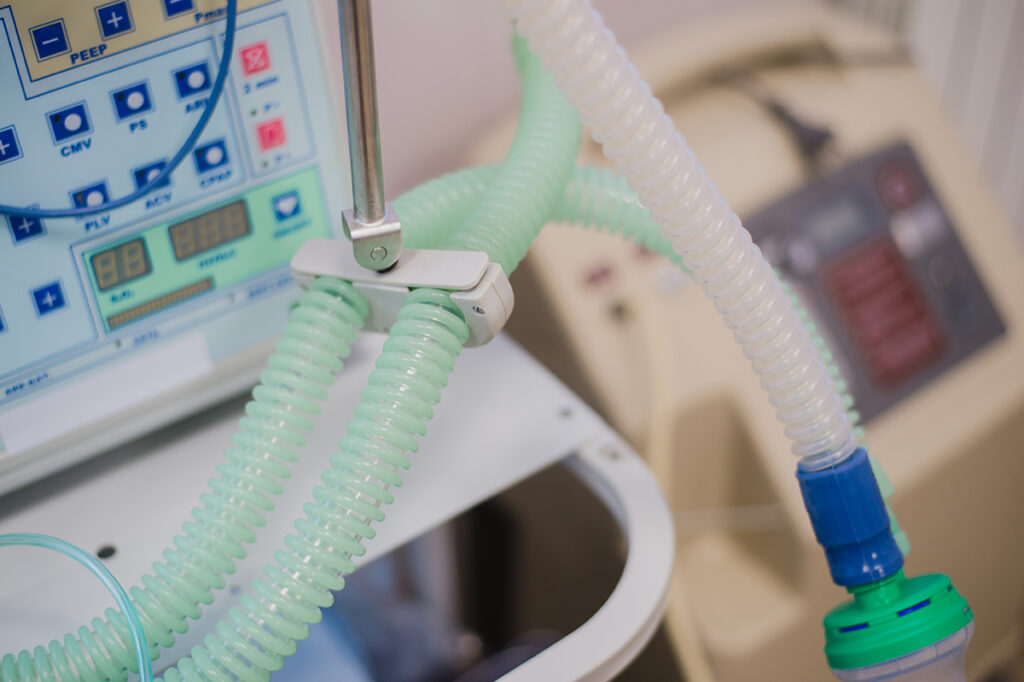A rework procedure consists of the corrective actions when a product has failed to meet the specifications, and it’s an integral part of any medical device production.

The Code of Federal Regulations (CFR) defines rework as an action taken on a nonconforming product so that it will fulfill the specified DMR requirements before it is released for distribution. (21 CFR 820.3(x))
A company recently received the following observation:
….. Procedures for rework of nonconforming product have not been established.
Specifically,
a. … devices were reworked over the last 3 years; however, the firm’s President stated there are no written procedures documenting required steps for the rework of returned devices. For example:
i. The … component was replaced by … on the … after receiving a complaint from the customer that ….
ii. Threaded inserts were cleaned and screws were reinstalled on the rear panel … after receiving a complaint from the customer.
b. Specifically, the … components used to manufacture … were reworked in-house; however, the firm’s President stated there are no written procedures describing required steps for the rework of nonconforming raw materials.
According to CFR section 21 CFR 820.90(b)(2): Each manufacturer shall establish and maintain a rework procedure, to include retesting and reevaluation of the nonconforming product after rework, to ensure that the product meets its current approved specifications. Rework and reevaluation activities, including a determination of any adverse effect from the rework upon the product, shall be documented in the DHR.
For additional information pertaining to reworks, see FDA Guidance Document: Guide to Inspections of Medical Device Manufacturers, December 1997.
To view more observations pertaining to rework, refer to the following GMP Trends® Issues: 1094, 1086, 1074 and 1069.
Stay in Compliance! Subscribe to GMP Trends® today.
Recent Comments